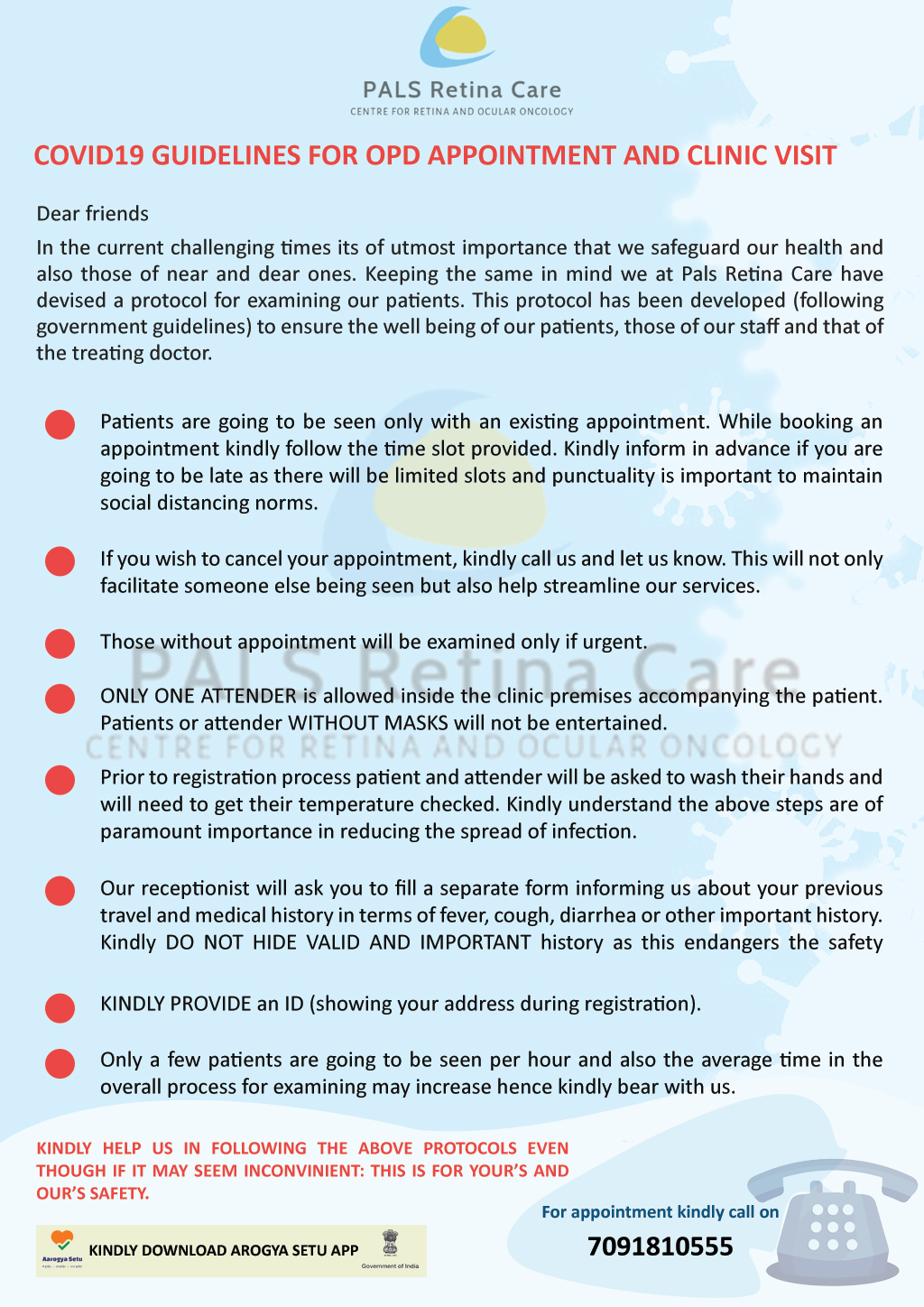This is the most common myth associated with retinal conditions. Just like any other eye condition or other
general bodily disease: retinal conditions are very much treatable and gives excellent results.
The best results are obtained when retinal diseases are diagnosed early. Earlier a problem is diagnosed, sooner the treatment can be started and better results can be expected

